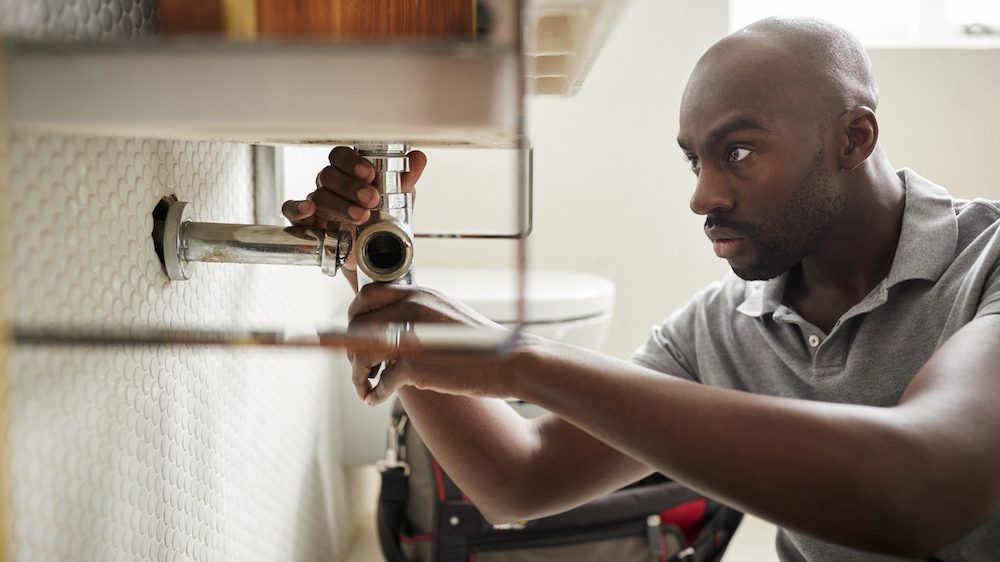
No one likes emergency repairs, so ongoing home maintenance is important for preserving your property and keeping life peaceful. Water in the wrong places can be disastrous, so it’s vital to check on your plumbing regularly. Keep your pipes flowing — not flooding — with this guide to plumbing maintenance.
Ongoing care
- Once a month, check for water leaks. Look under sinks for water on the cabinet floor. Feel for moisture on the water supply lines to both hot and cold valves as well as the drainpipe.
- Look for water in the pan beneath the water heater, especially if it’s more than eight years old. Once a year, have a plumbing professional perform a water heater flush to remove sediment that has built up in the bottom of the tank.
- Check for toilet leakage by looking at the floor behind the toilet and feeling the underside of the tank and the waterline. To determine whether the flapper valve in the tank works properly, put a few drops of food coloring in the tank. Avoid flushing for an hour. If the color shows up in the bowl, then the flapper valve may need replacing.
- Check sink, shower and tub faucets for drips. They may need new gaskets and aerator screens.
- Check the drain flow in all sinks, tubs and showers. Water should swirl freely around the drain and out. In bathrooms, hair can build up and clog drains. Remove the drain plug and reach into the drain with needle-nose pliers to pull out knotted hair.
- Inspect exterior faucets for leaks several times a year. Winterize them with foam covers before the first freeze. Wrap uninsulated water lines in the basement, attic or garage with foam tubing.
- Your basement sump pump is designed to turn on automatically if water collects beneath the basement subfloor. Test it a couple of times per year to make sure it’s functioning properly.
- If your home is on a septic tank instead of a sewer system, have the septic system inspected at least every three years by a licensed professional.
Common plumbing mistakes
Oil and grease can build up and clog drains over time, so don’t pour anything greasy down the kitchen drain. Avoid frequent use of bath oils in the tub.
Do not put fibrous skins of fruits and vegetables in the kitchen garbage disposal. These can clog the kitchen drain and stop the disposal in its tracks. When using the disposal, run the water before engaging it and for 15 seconds after stopping it.
Related – Preventing Water Damage in Your Home


